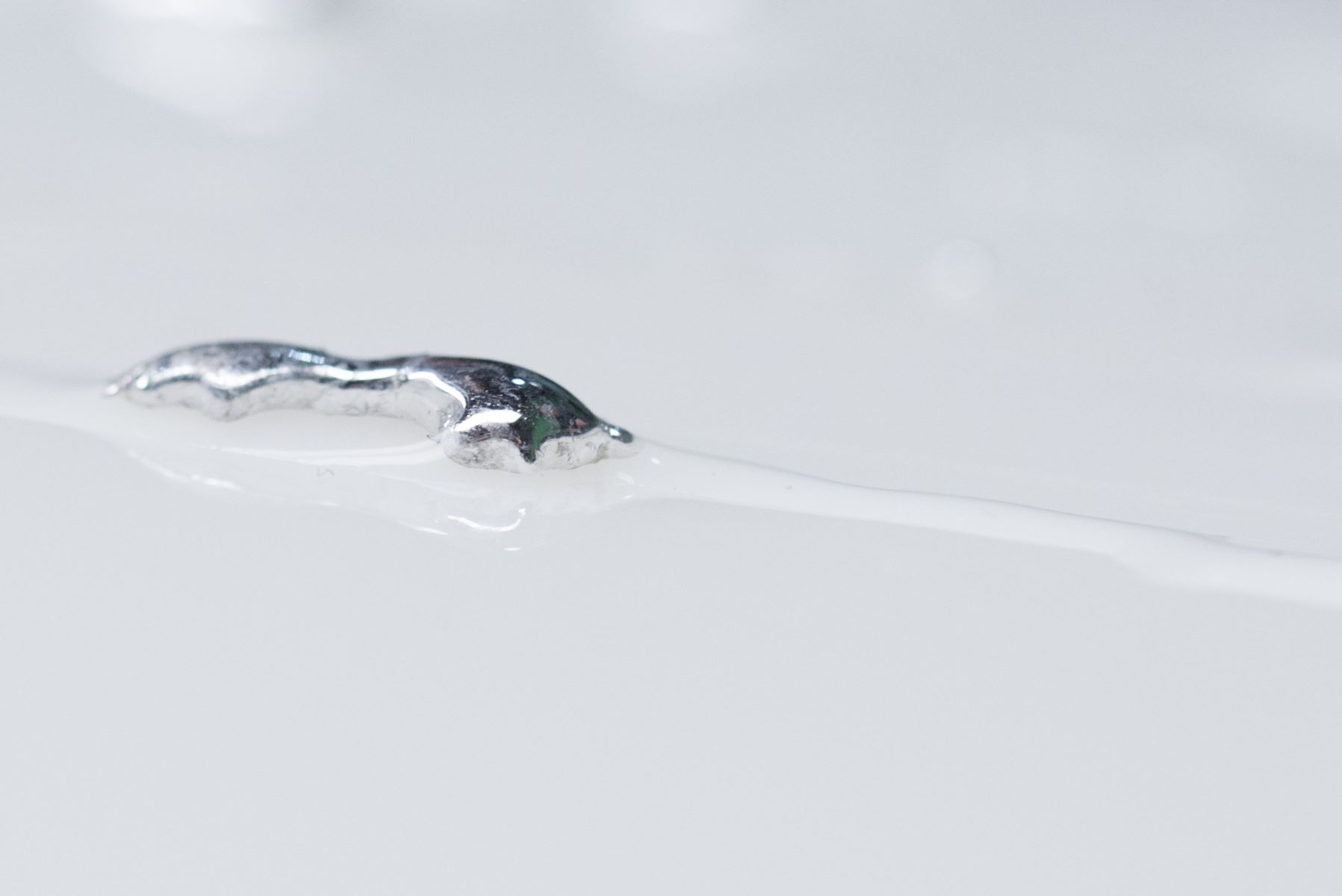
Who was Myra Hindley? Myra Hindley, often remembered as one of Britain's most notorious criminals, was involved in the infamous Moors Murders during the 1960s. Alongside her partner, Ian Brady, she committed heinous crimes that shocked the nation. Why did she become so infamous? The sheer brutality of the murders, coupled with the fact that the victims were children, left an indelible mark on public consciousness. What drove her to such extremes? Many have speculated about her motivations, ranging from a troubled childhood to a manipulative relationship with Brady. How did her actions impact society? The Moors Murders led to significant changes in how the UK approached child protection and criminal justice. What can we learn from her story? Understanding Hindley's life and crimes can offer insights into the darker aspects of human nature and the importance of vigilance in safeguarding vulnerable individuals.
Key Takeaways:
- Myra Hindley's early life was marked by a turbulent family environment and a strong personality, leading to her descent into criminality alongside Ian Brady.
- The Moors Murders, committed by Hindley and Brady, shocked the nation and left a lasting impact on British culture, sparking debates about evil and redemption.
Myra Hindley's Early Life
Myra Hindley, one of the most infamous criminals in British history, had a life filled with dark twists and turns. Let's delve into some lesser-known facts about her early years.
- Born on July 23, 1942, in Manchester, England, Myra Hindley grew up in a working-class family.
- Her father, Bob Hindley, was a violent alcoholic who often beat her mother and Myra.
- Hindley was baptized as a Catholic, though she later rejected the faith.
- She attended Ryder Brow Secondary Modern School, where she was known for her intelligence and strong personality.
- At age 15, Hindley left school and worked as a junior clerk at a local electrical engineering firm.
Relationship with Ian Brady
Myra Hindley's relationship with Ian Brady was pivotal in her descent into criminality. Their bond was both intense and destructive.
- Hindley met Ian Brady in 1961 while working as a typist at Millwards Merchandising.
- Brady introduced Hindley to Nazi literature and sadistic pornography, which fascinated her.
- The couple shared a mutual obsession with the works of the Marquis de Sade.
- Brady and Hindley began planning their crimes together, seeing themselves as above societal norms.
- They were both avid readers of crime novels, which influenced their criminal activities.
The Moors Murders
The Moors Murders are among the most heinous crimes in British history. Hindley and Brady's actions shocked the nation.
- Between 1963 and 1965, Hindley and Brady murdered five children and teenagers.
- Their victims were Pauline Reade, John Kilbride, Keith Bennett, Lesley Ann Downey, and Edward Evans.
- The murders were called the Moors Murders because the bodies were buried on Saddleworth Moor.
- Hindley lured the victims by pretending to need help or offering them a ride.
- Brady took photographs of Hindley posing on the graves of their victims.
Capture and Trial
The capture and trial of Myra Hindley and Ian Brady brought their reign of terror to an end. The details of their arrest and subsequent trial are chilling.
- Hindley and Brady were arrested in October 1965 after the murder of Edward Evans.
- David Smith, Hindley's brother-in-law, witnessed Evans' murder and reported it to the police.
- During the trial, Hindley tried to portray herself as a reluctant accomplice.
- Both were found guilty of multiple murders in 1966 and sentenced to life imprisonment.
- Hindley was convicted of the murders of Lesley Ann Downey and Edward Evans and being an accessory to the murder of John Kilbride.
Life in Prison
Myra Hindley's life in prison was marked by attempts at rehabilitation and numerous appeals for parole.
- Hindley spent time in several prisons, including Holloway and Durham.
- She claimed to have reformed and became a devout Catholic once again.
- Hindley earned an Open University degree in humanities while incarcerated.
- She made several high-profile appeals for parole, all of which were denied.
- Hindley maintained correspondence with various supporters and journalists, trying to garner sympathy.
Public Perception and Legacy
The public perception of Myra Hindley has remained overwhelmingly negative. Her legacy is one of horror and revulsion.
- Hindley was often referred to as "the most hated woman in Britain."
- Her mugshot became an iconic image of evil in the media.
- The families of the victims campaigned tirelessly to ensure she remained in prison.
- Hindley's attempts to gain parole were met with widespread public outrage.
- She died in prison on November 15, 2002, at the age of 60.
Psychological Profile
Understanding Myra Hindley's psychological profile offers insights into her criminal behavior and mindset.
- Hindley was diagnosed with a personality disorder by several psychologists.
- She exhibited traits of narcissism and a lack of empathy.
- Some experts believe she was heavily influenced by Brady's psychopathy.
- Hindley showed signs of sadistic tendencies, enjoying the power she had over her victims.
- Her relationship with Brady was seen as a folie à deux, a shared psychotic disorder.
Cultural Impact
The Moors Murders and Myra Hindley's story have had a lasting impact on British culture and media.
- Numerous books, documentaries, and films have been made about the Moors Murders.
- Hindley and Brady's crimes have been the subject of academic studies in criminology and psychology.
- The case led to changes in how the British legal system handles parole for life sentences.
- Hindley's image and story continue to evoke strong reactions and debates about evil and redemption.
- The Moors Murders remain a grim reminder of the depths of human depravity.
Reflecting on Myra Hindley's Legacy
Myra Hindley's story remains one of the darkest chapters in British criminal history. Her involvement in the Moors Murders, alongside Ian Brady, left an indelible mark on society. The heinous acts committed by the duo shocked the nation and continue to haunt the collective memory. Hindley's transformation from a seemingly ordinary woman to a notorious criminal raises questions about human nature and the capacity for evil.
Understanding the facts about Myra Hindley helps us grasp the gravity of her crimes and the impact on the victims' families. It also serves as a reminder of the importance of vigilance and the need for justice. While her legacy is marred by her actions, it underscores the necessity of learning from history to prevent such atrocities in the future. Hindley's story is a stark reminder of the depths of human depravity and the enduring quest for justice.
Frequently Asked Questions
Was this page helpful?
Our commitment to delivering trustworthy and engaging content is at the heart of what we do. Each fact on our site is contributed by real users like you, bringing a wealth of diverse insights and information. To ensure the highest standards of accuracy and reliability, our dedicated editors meticulously review each submission. This process guarantees that the facts we share are not only fascinating but also credible. Trust in our commitment to quality and authenticity as you explore and learn with us.


